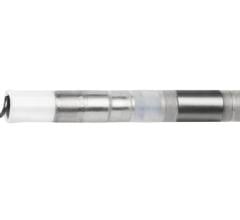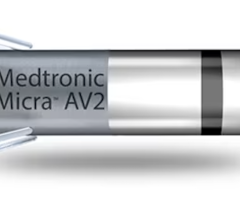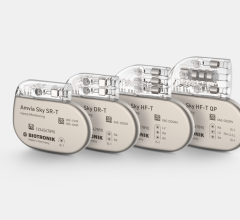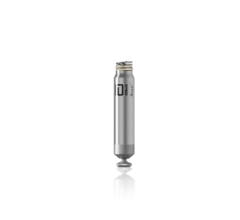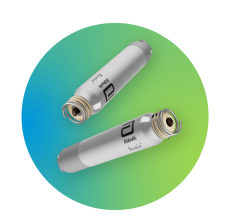August 21, 2007 - Researchers at Rensselaer Polytechnic Institute have developed a new energy storage device that could reportedly be mistaken for a simple sheet of black paper, geared toward meeting the trickiest design and energy requirements of tomorrow's implantable medical equipment.
The nanoengineered battery is said to be lightweight, ultra thin and completely flexible. Along with its ability to function in temperatures of up to 300 degrees Fahrenheit and down to 100 below zero, the device is completely integrated and can be printed like paper. The device can function as both a high-energy battery and a high-power supercapacitor, which are generally separate components in most electrical systems. Another key feature is the capability to use human blood or sweat to help power the battery.
Details of the project are outlined in the paper "Flexible Energy Storage Devices Based on Nanocomposite Paper" published in the Proceedings of the National Academy of Sciences.
The device can be rolled, twisted, folded, or cut into any number of shapes with no loss of mechanical integrity or efficiency. The paper batteries can also be stacked, like a ream of printer paper, to boost the total power output.
For more information: www.rpi.edu

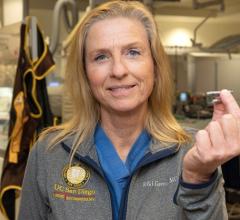
 March 26, 2024
March 26, 2024 

